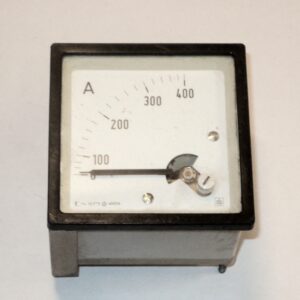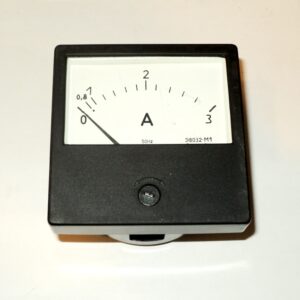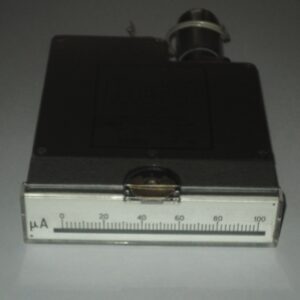380v, 5A
Reactive power
Reactive power is a value that characterizes the loads created
in electrical devices by fluctuations in the electromagnetic
field energy in a sinusoidal alternating current circuit, equal to the product
of the RMS values of voltage  and current
and current  multiplied by the sine of the phase shift angle
multiplied by the sine of the phase shift angle  between them:
between them: 
(if the current lags behind the voltage, the phase shift is considered positive,
if it is ahead — negative). Reactive power is related to full
power  and active power by the
and active power by the  ratio:
ratio:  .
.
The physical meaning of reactive power is the energy pumped from
the source to the reactive elements of the receiver (inductance,
capacitors, motor windings), and then returned by these elements
back to the source during one oscillation period, attributed to
this period.
The power factor cos phi (φ) is defined as
the ratio of the useful power to the total. Mathematically, this definition
is often written in the form of kW/kVA, where the numerator is the active
(real) power, and the denominator is the apparent (active +
reactive, full) power. And although the definition looks very
simple, the very concept of reactive power is very often vague and
confusing, even for people with good technical training.
The explanation of the concept of reactive power is based on the fact that in
an alternating current system, when voltage and current increase and
decrease simultaneously, only active power is transmitted, and when
there is a time shift (phase shift) between current and voltage
, both active and reactive power is transmitted. However, when calculating
the average value for the period, only the average value
of active power is present, which leads to a “clean” transfer of energy from one
point to another, while the average value of reactive power is
zero, regardless of the structure and mode of operation of the system.
In the case of reactive power, the amount of energy flowing in one
direction is equal to the amount of energy flowing in the opposite
direction (in other words, the reactive elements of the network – capacitors,
inductors, etc. – exchange reactive energy). This means
that no reactive power is produced or consumed.
But, in reality, we are observing reactive power losses and
introducing many different equipment to compensate for it in order to
reduce electricity consumption and costs.











